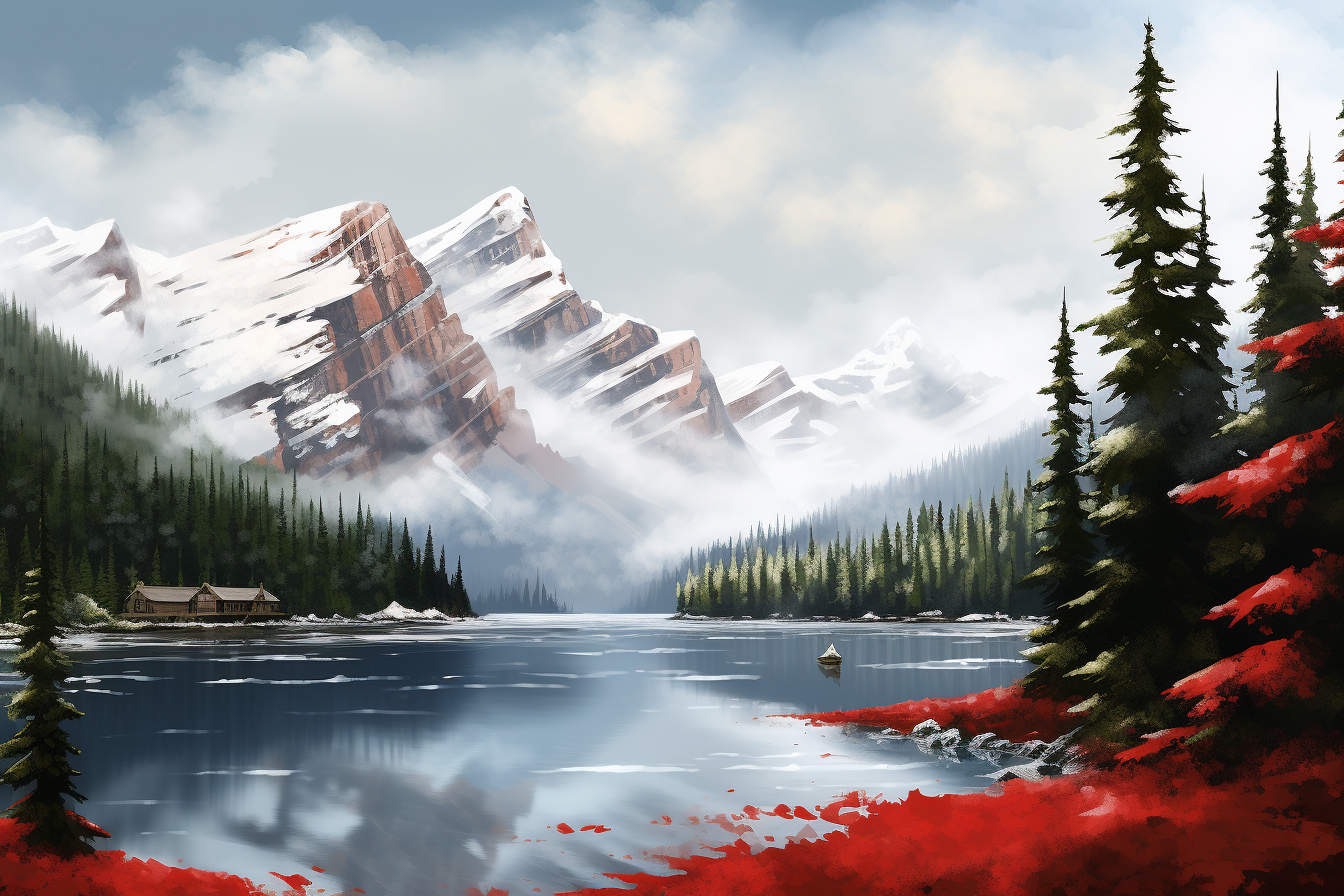A Timeline of Canada
A broad timeline of Canada.

Early Inhabitants (~10,000 BCE - 5000 BCE)
The first inhabitants of Canada were likely groups of hunters and gatherers who migrated from Asia via the Bering land bridge. These early peoples adapted to diverse environments, from the Arctic tundra to temperate rainforests.
Cultural Diversification (5000 BCE - 1000 BCE)
Over time, distinct cultures began to emerge. The Eastern Woodlands cultures, for example, were skilled potters and farmers. The Plains peoples became adept at bison hunting, utilising every part of the animal for food, clothing, and tools.
Coastal Civilisations (1000 BCE - 500 AD)
Along the Pacific coast, complex societies like the Haida and Tlingit developed, known for their totem poles and potlatches. Meanwhile, the Beothuk people inhabited the Atlantic coast, living primarily as fishermen.
Arctic Inhabitants (500 AD - 1000 AD)
In the Arctic regions, the Thule people, ancestors of the modern Inuit, developed technologies for hunting seals and whales, allowing them to thrive in harsh conditions.
Trade Networks and Confederacies (1000 AD - 1497 AD)
Indigenous peoples established extensive trade networks across the continent. The Iroquois Confederacy, a political and military alliance of five (later six) nations, was one of the most powerful Indigenous entities at the time of European contact.
Early European Exploration (1497–1600)
John Cabot, an Italian explorer sailing under the British flag, was one of the first Europeans to reach Canada in 1497. Jacques Cartier explored the St. Lawrence River in 1534, claiming the area for France. These early explorations set the stage for future European interests in the region.
Early Settlement and Colonisation (1600–1759)
Samuel de Champlain established the settlement of Quebec in 1608, marking the beginning of permanent European settlement. The Hudson’s Bay Company was founded in 1670, and the name "Nova Scotia" ("New Scotland") was used for the first time in 1621. The Great Expulsion of the Acadians from Nova Scotia occurred in 1755.
Seven Years' War and British Rule (1759–1867)
The Battle of the Plains of Abraham in 1759 resulted in British victory and control over Quebec. The Treaty of Paris in 1763 ended the Seven Years' War, and France ceded New France to Britain. The Constitutional Act of 1791 divided Quebec into Upper and Lower Canada, and the Act of Union in 1840 merged them into the Province of Canada.
Confederation and Expansion (1867–1914)
Canadian Confederation was formed in 1867, with Ontario, Quebec, New Brunswick, and Nova Scotia as the original provinces. Manitoba and the Northwest Territories joined in 1870, followed by British Columbia in 1871, and Prince Edward Island in 1873. Alberta and Saskatchewan became provinces in 1905.
World Wars (1914–1945)
Canada participated in World War I from 1914 to 1918, marking its debut on the world stage. The Winnipeg General Strike in 1919 was one of the most influential strikes in Canadian history. Canada also participated in World War II from 1939 to 1945, further solidifying its international role.
Modern Canada (1945–Present)
Newfoundland joined Confederation in 1949, and Canada participated in the Korean War from 1950 to 1953. The Maple Leaf flag was adopted in 1965. Quebec held two referendums on sovereignty, in 1980 and 1995. Nunavut was established as a separate territory in 1999.





